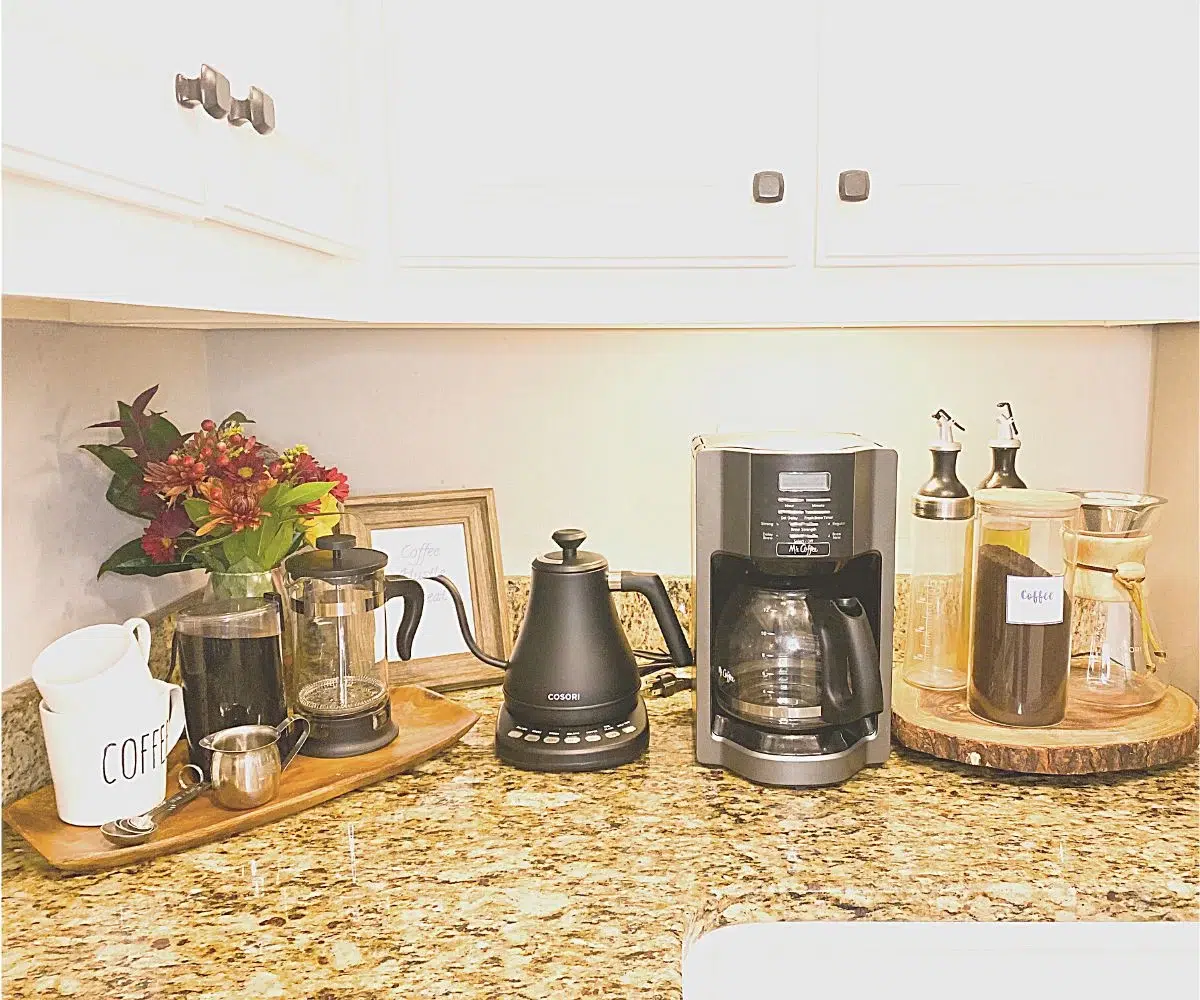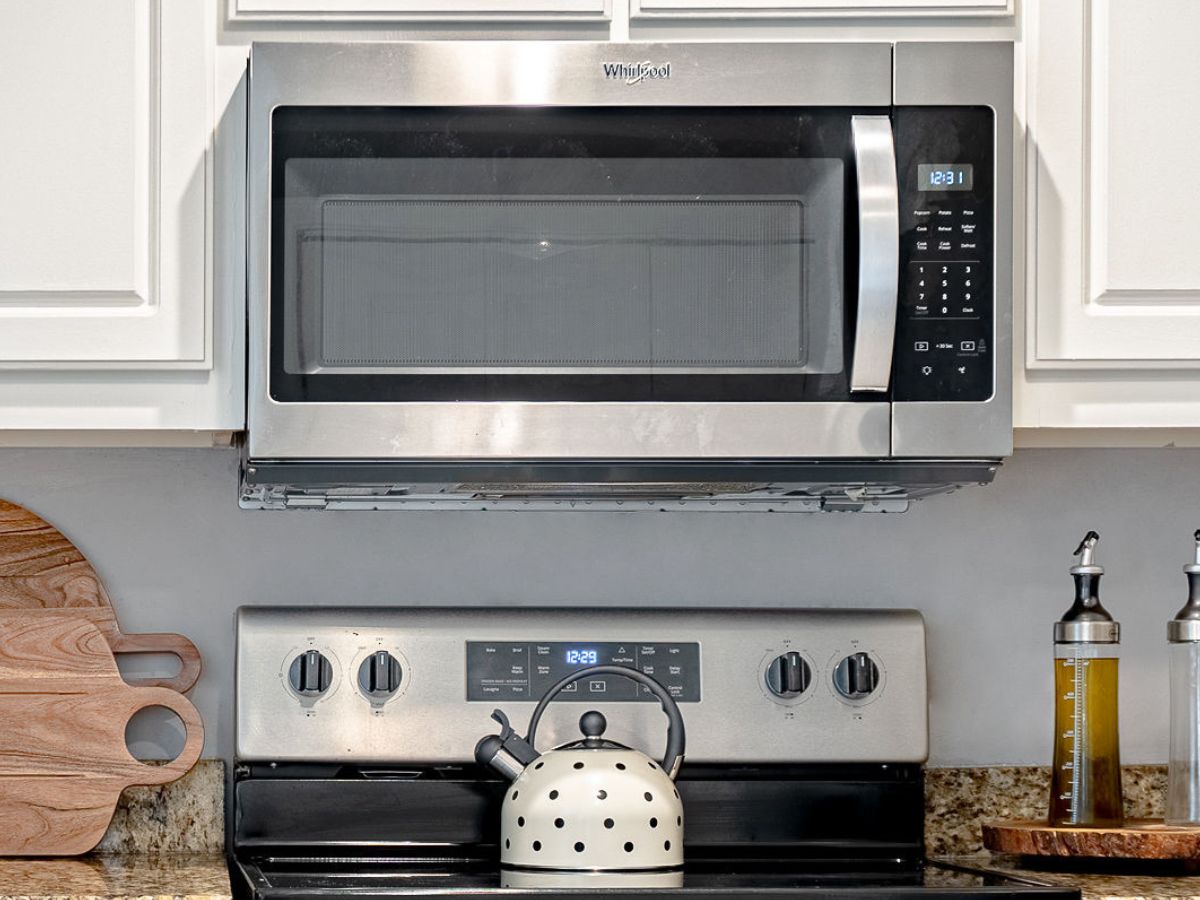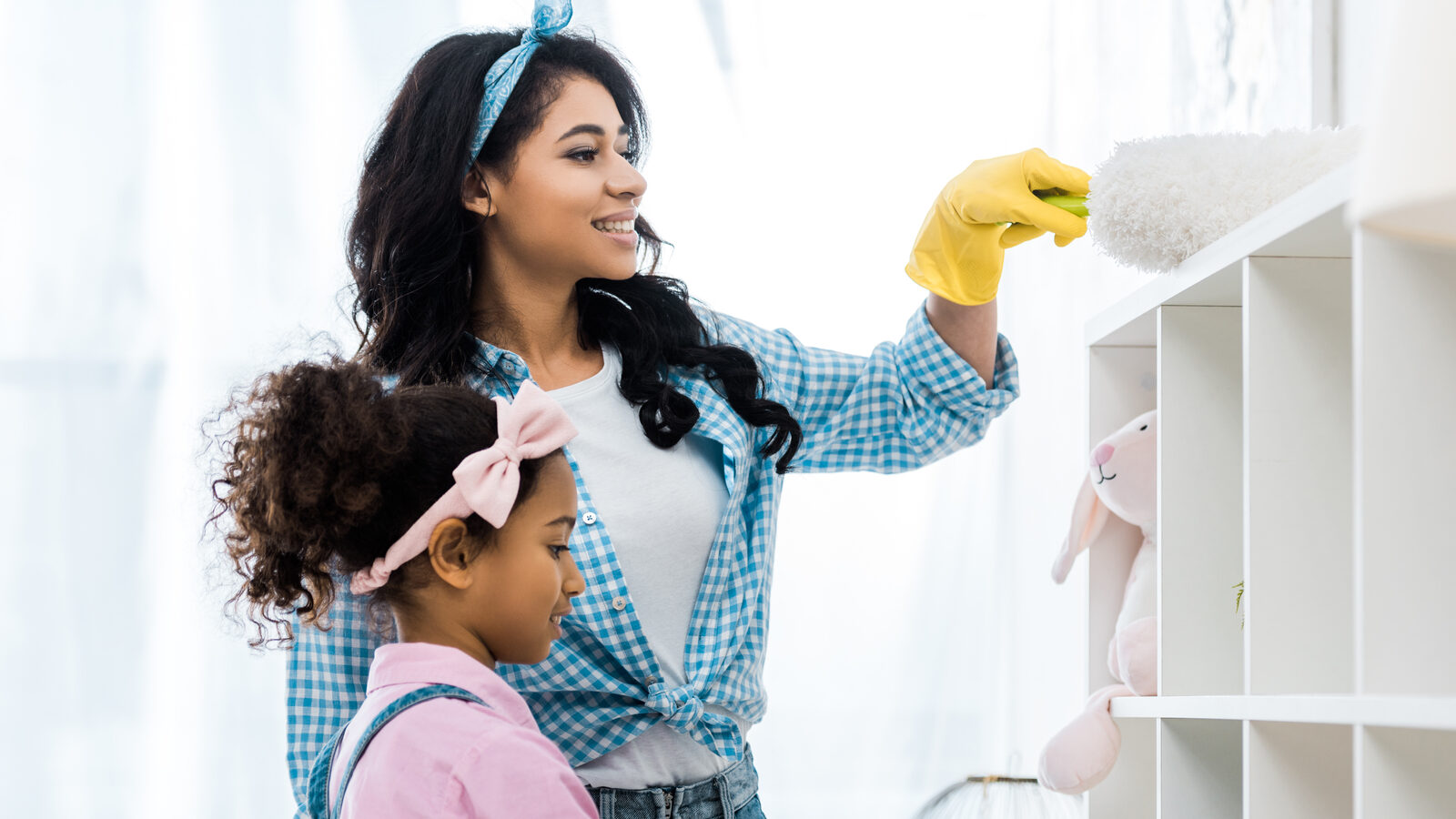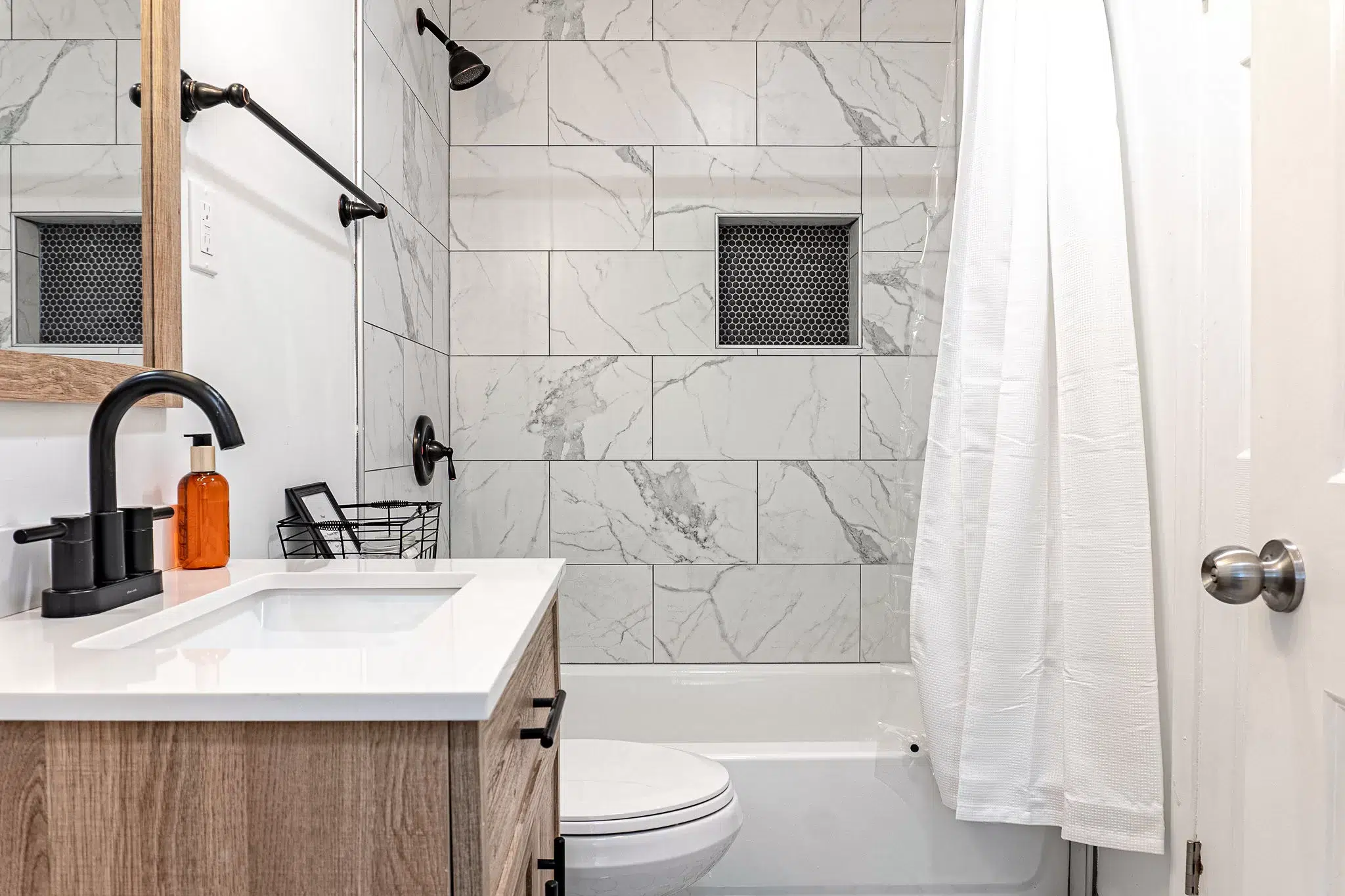This post may contain affiliate links.
Fungus Gnats are a public nuisance. The little pests like to buzz around your home with no care in the world. They become an even bigger problem when they settle and take up space near your houseplants. The little creatures hang around your defenseless plants, quietly disturbing their peace. And for many plant enthusiasts like myself, these tiny insects can be a very frustrating problem to tackle.
The good news is there are several ways to tackle the fungus gnat problem around your beloved plants for good.
Follow along as I share the most effective ways to get rid of those pesky gnats around your plants and a few plant care tips to keep them from returning. From proper watering techniques to natural methods, these tips will help even the most seasoned plant parent or those just getting their feet wet with plant care.
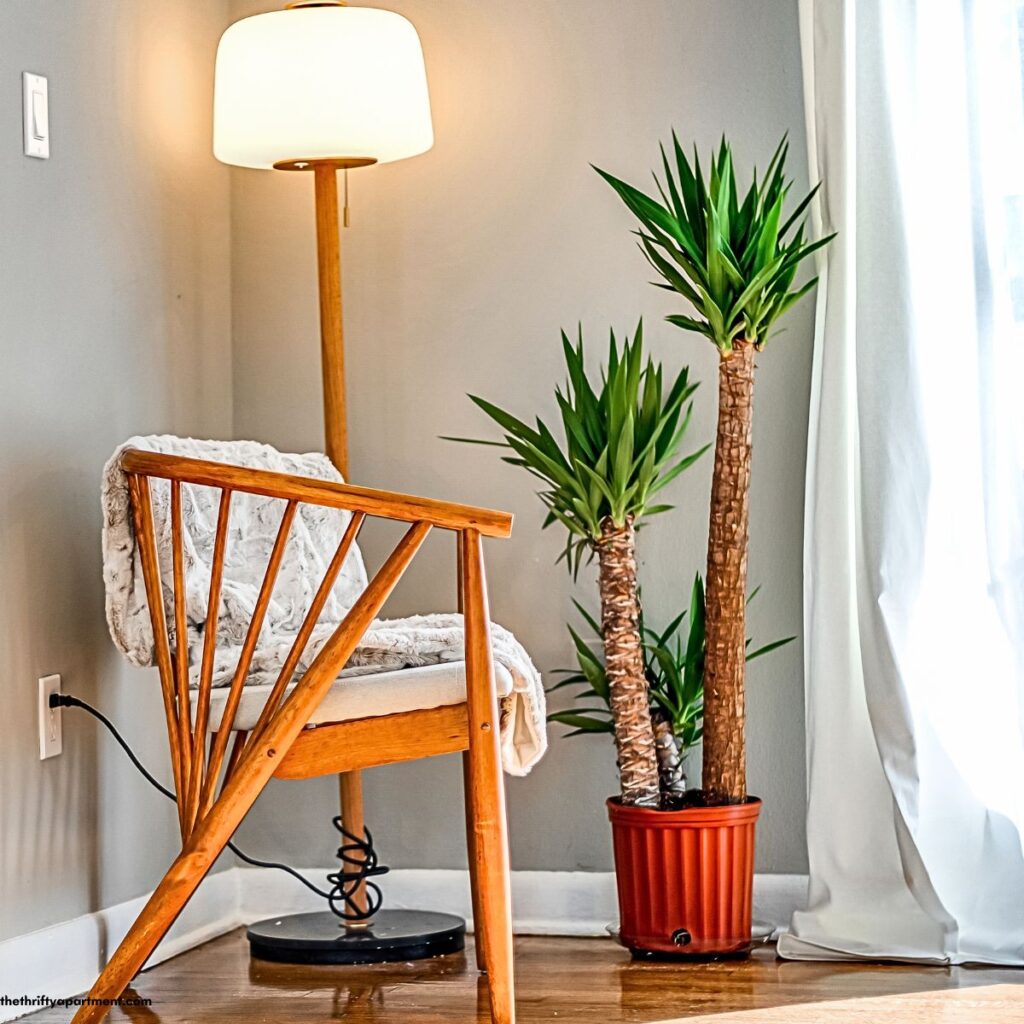
This post may contain affiliate links, which means I will earn a small commission if you purchase through my link. Please see the full disclosure and privacy policy for more information.
What are fungus gnats?
Fungus are very tiny flying insects that resemble a mosquito. They appear dark in color and delicate looking. Fungus gnats infest plant soil, potting mix, other container media, and sources of organic decomposition. Their larvae primarily feed on fungi and organic matter in soil but also chew roots and can be a problem in greenhouses, nurseries, potted plants, and interior plantscapes.[1]
Because Fungus gnats are attracted to moist, damp soil and organic matter found in soil, they tend to gravitate towards houseplants. You often notice them buzzing around the soil or flying near the plant.
Fungus gnats can go through multiple generations per year. The female adult gnats lay up to 200 eggs (in clusters) in cracks and crevices on the surface of the moist soil of potted plants. Under optimal conditions, fungus gnats can develop from egg to adult fungus gnats in three to four weeks.[2]
Unfortunately, gnats can harm your house plants if not treated. Fungus gnats feed on the roots of plants, which can lead to damaged roots, root rot and stunted growth. Therefore it is in your best interest to eradicate the fungus gnats and reduce the gnat population before they infest and harm your plants.

Ways to Get Rid of Gnats in Houseplants
Use Hydrogen Peroxide
Hydrogen peroxide will help get rid of the fungus gnat larvae and eggs in the plant’s soil without harming the plant. All you have to do is mix hydrogen peroxide with water to create a mixture. Mix one part hydrogen peroxide and three parts water.
Take the mixture and pour it into the soil of your impacted plants. This should be strong enough to eradicate the eggs and larvae of the gnats without impacting your plant’s health.
Use Sticky Traps
Grab yourself some sticky fly traps and use them to trap the gnats near the soil. Yellow Sticky Traps are safe and non-toxic and can be disposed of once full.
These traps are designed to attract and trap gnats, preventing them from reproducing and reducing their population over time.

Buy Yellow Sticky Traps on Amazon
Apple Cider Vinegar Trap
The apple cider vinegar trap is a surefire way to get rid of gnats. Just fill a cup or small bowl with 2-4 tablespoons of apple cider vinegar and a few drops of dish soap. Place the cup or bowl near the indoor plants.
The gnats will immediately be attracted to the homemade gnat trap, and once they try to take some of the vinegar mixtures, it will immediately trap the gnats inside and get rid of them.
Add Some Cinnamon
Try adding some pure, organic, ground Ceylon cinnamon to your soil to get rid of gnats. Simply sprinkle the cinnamon on the soil and give it time to work its magic.

Repel with Neem Oil
Have you heard of Neem Oil? Neem oil is a naturally occurring pesticide found in seeds from the neem tree. It is yellow to brown, has a bitter taste, and has a garlic/sulfur smell. It has been used for hundreds of years to control pests and diseases.[3]
Neem oil is a natural repellent that can drastically reduce gnats feeding on your plants. It will help kill off the gnats by hindering their feeding ability.
Just mix a few drops of neem oil with water in a spray bottle and spray it on the soil and leaves of your plants.

Remove Standing Water
Gnats love soil that is wet and moist. If you recently watered your plant and the water has not settled, there is a good chance you are attracting gnats. Moist conditions will attract gnats, so limit how much you water your plants and ensure that the plant pot has good drainage.
DynaTrap Indoor Insect Trap
If you want to get rid of gnats quickly and fast, try the DynaTrap Indoor Insect Trap and Killer. This product will catch and kill just about any houseplant pests, including gnats, fruit Flies, and mosquitoes.

Buy DynaTrap Indoor Insect Trap on Amazon
How to prevent gnats in houseplants?
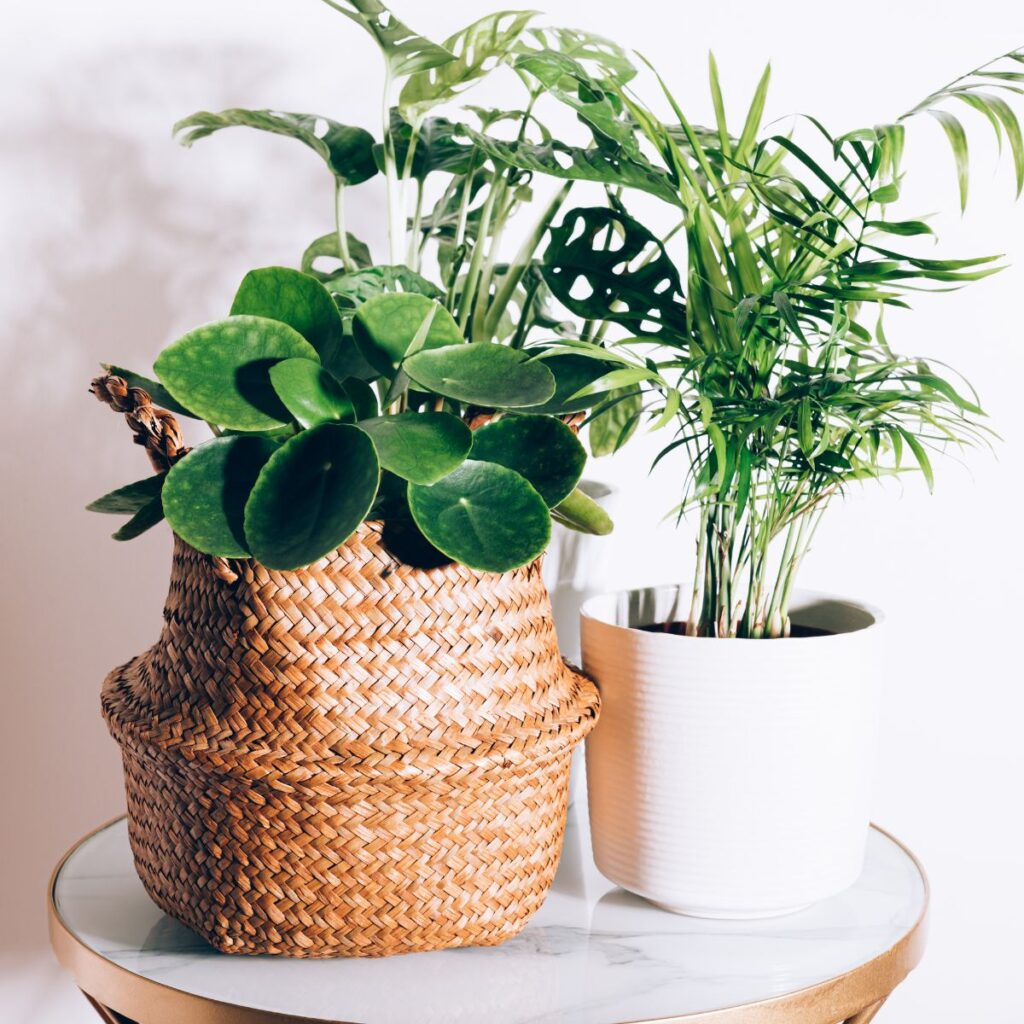
Here are some preventative measures you can take to keep your plants gnat-free:
- Do not overwater your plants – Gnats are attracted to moist potting soil. Overwatering your houseplants can lead to a fungus gnat infestation. When you water your plants too frequently or give them too much water at once, the soil can become soggy, creating the perfect environment for gnats to thrive. Overwatered soil provides the perfect environment for gnats to lay eggs and multiply. Therefore you must water your plants according to their care instructions and allow the soil to dry out slightly between each watering. If you’re unsure when to water your plants, stick your finger into the soil to feel how dry or moist it is.
- Make sure the pot has proper drainage – Poor drainage can contribute to gnat infestations, as water can accumulate in the bottom of the pot, creating a moist environment for the insects. Choose pots that have drainage holes for optimal soil drainage.
- Layer the soil with sand or gravel – adding sand or gravel to the top layer of soil will help improve drainage in your plant pot. The sand and gravel also help deter gnats from laying their eggs in the soil.
- Use quality soil – Using quality, well-draining soil to greatly reduce the presence of gnats. Using contaminated soil can also introduce gnats to your houseplants.
- Water the plants from the bottom of the pot – watering plants from the bottom of the potted pot will help to reduce the presence of gnats.
- Remove dead leaves – as soon as you notice dead or decaying leaves, you must remove them immediately. Gnats are attracted to decomposed items. Always keep the soil clean and clear of leaves and twigs.
Will gnats go away on their own?
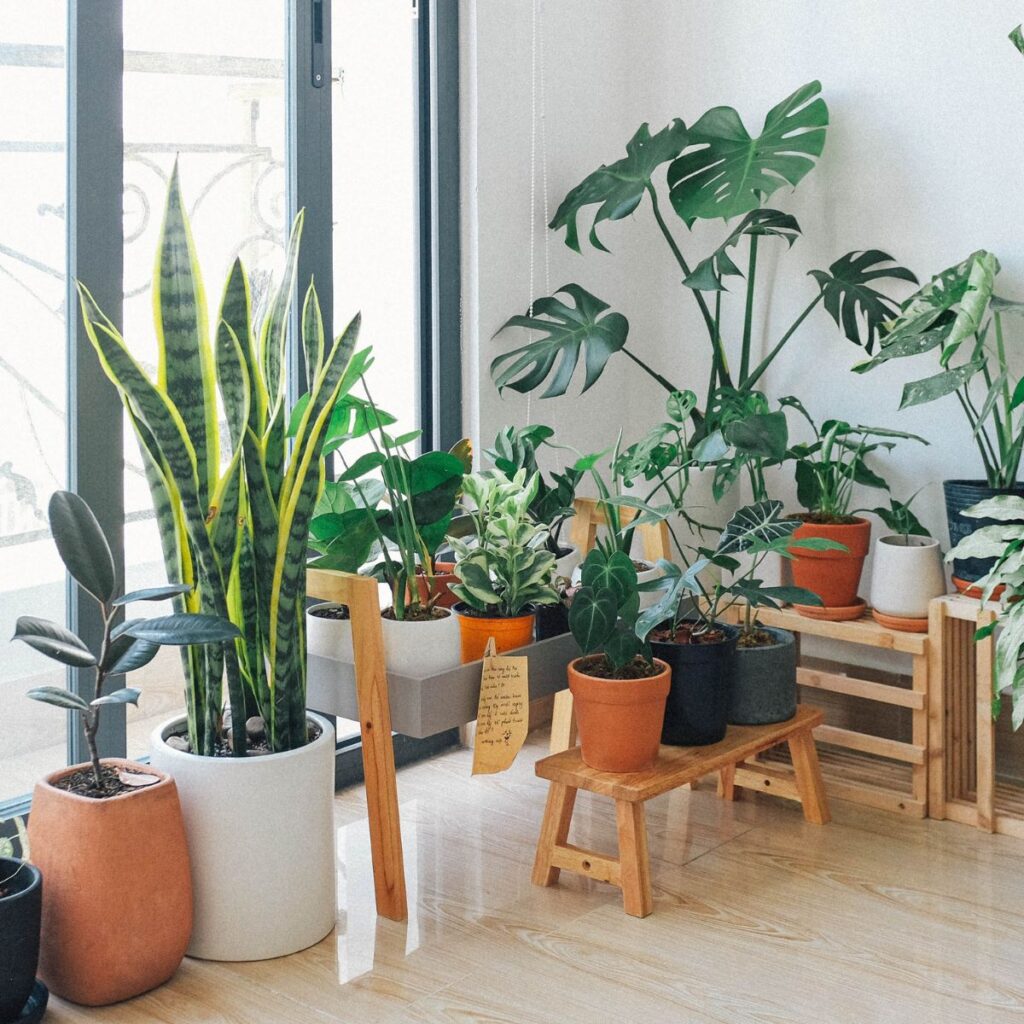
The short answer is it depends. For gnats to go away independently, it depends on the environmental conditions, food sources, gnat activity, and conditions with your plant.
Gnats may go away on their own if their breeding sources are eliminated, or environmental conditions become unfavorable for survival.
However, waiting for gnats to disappear on their own is not always a reliable solution, especially if ongoing breeding sites or attractants exist.
You may want to be proactive by controlling their presence with DIY traps as soon as you see them. This includes identifying and removing breeding sources, improving drainage, maintaining cleanliness, and using traps or insecticides if necessary.
I hope you have found this article helpful. Gnats are an obvious nuisance to most plant owners, but these methods can help you keep them at bay and ensure your plants remain healthy and vibrant.
Remember to keep your plants healthy, use well-draining soil, and avoid overwatering your plants.
Posts you might like:
- How to Get Rid of Gnats Around the Home | Natural Methods
- Ways to Get Rid of Smell in Garbage Disposal
- How to Clean Shower Doors with Vinegar
- How to Clean Mold in Shower
- How to Clean a Porcelain Kitchen Sink
Please comment below to let me know what you think of this article. Feel free also to follow me on my social media pages – Pinterest and Instagram or subscribe to my mailing list for other design inspiration, DIY projects, and home decor ideas.
Article Sources
- Pests in Gardens and Landscapes: University of California Statewide IPM Program [1]
- Fungus Gnats on Houseplants”: UW-Madison Extension Horticulture [2]
- Neal Oil Fact Sheet: National Pesticide Information Center, Oregon State University Extension Services.[3]
Tamara White is the creator and founder of The Thrifty Apartment, a home decor and DIY blog that focuses on affordable and budget-friendly home decorating ideas and projects. Tamara documents her home improvement journey, love of thrifting, tips for space optimization, and creating beautiful spaces.
